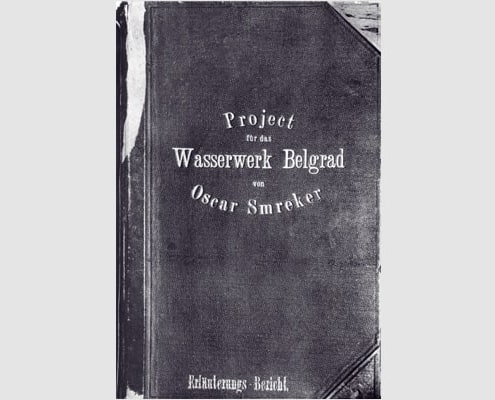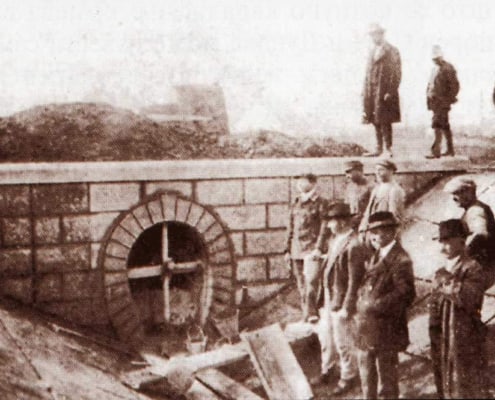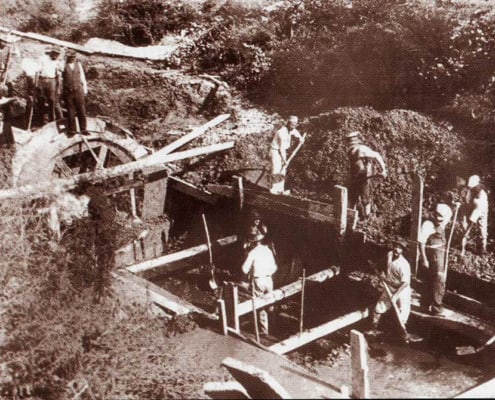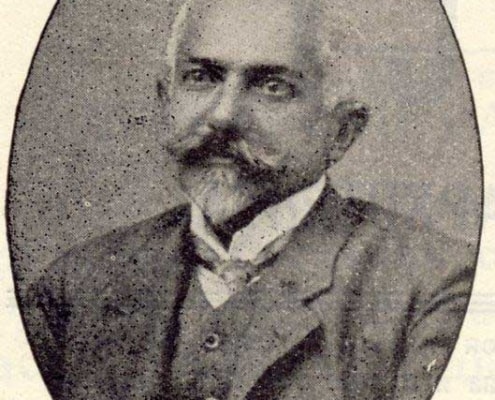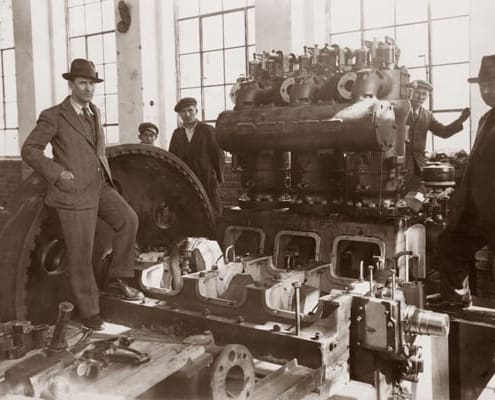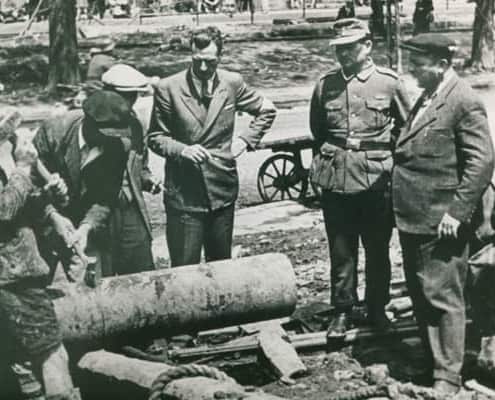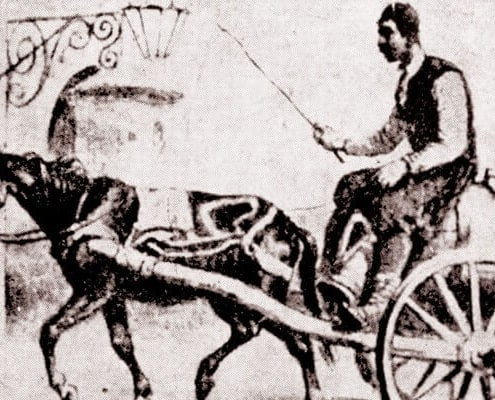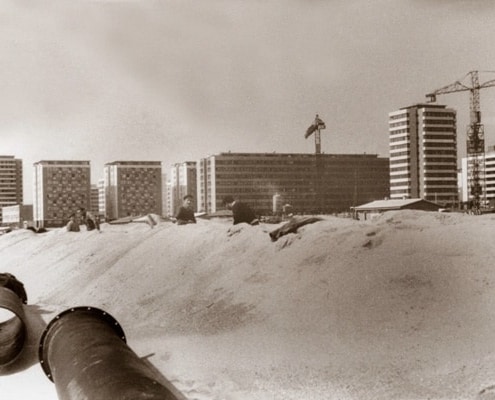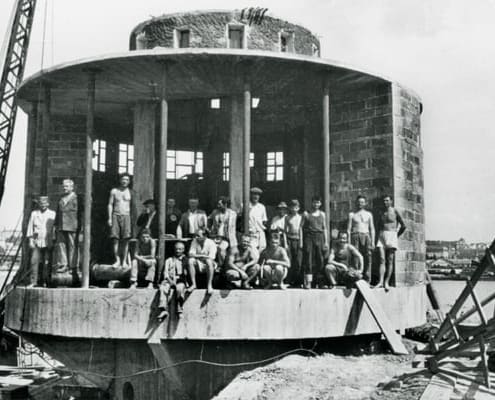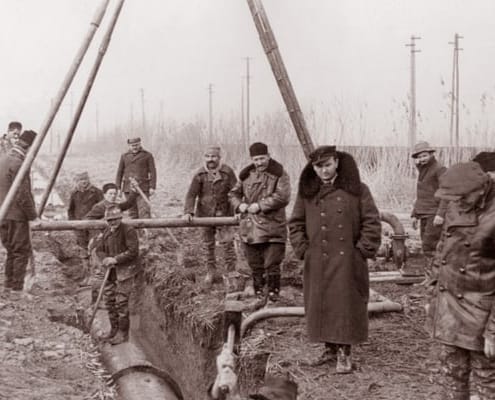History
The fact that water supplying in Belgrade exists almost two millennia is not well-known. It was built in the first half of the 1st century of the New Era by the Romans. The water source was situated in Mali Mokri Lug, below the present water tank Stojčino brdo. The route was parallel to the Kralja Aleksandra Boulevard (to the Cvetkova market) and Vojislava Ilića nad Mileševska street, and further towards Pionirski park to the downtown. One part of it was in use until 1870s.

